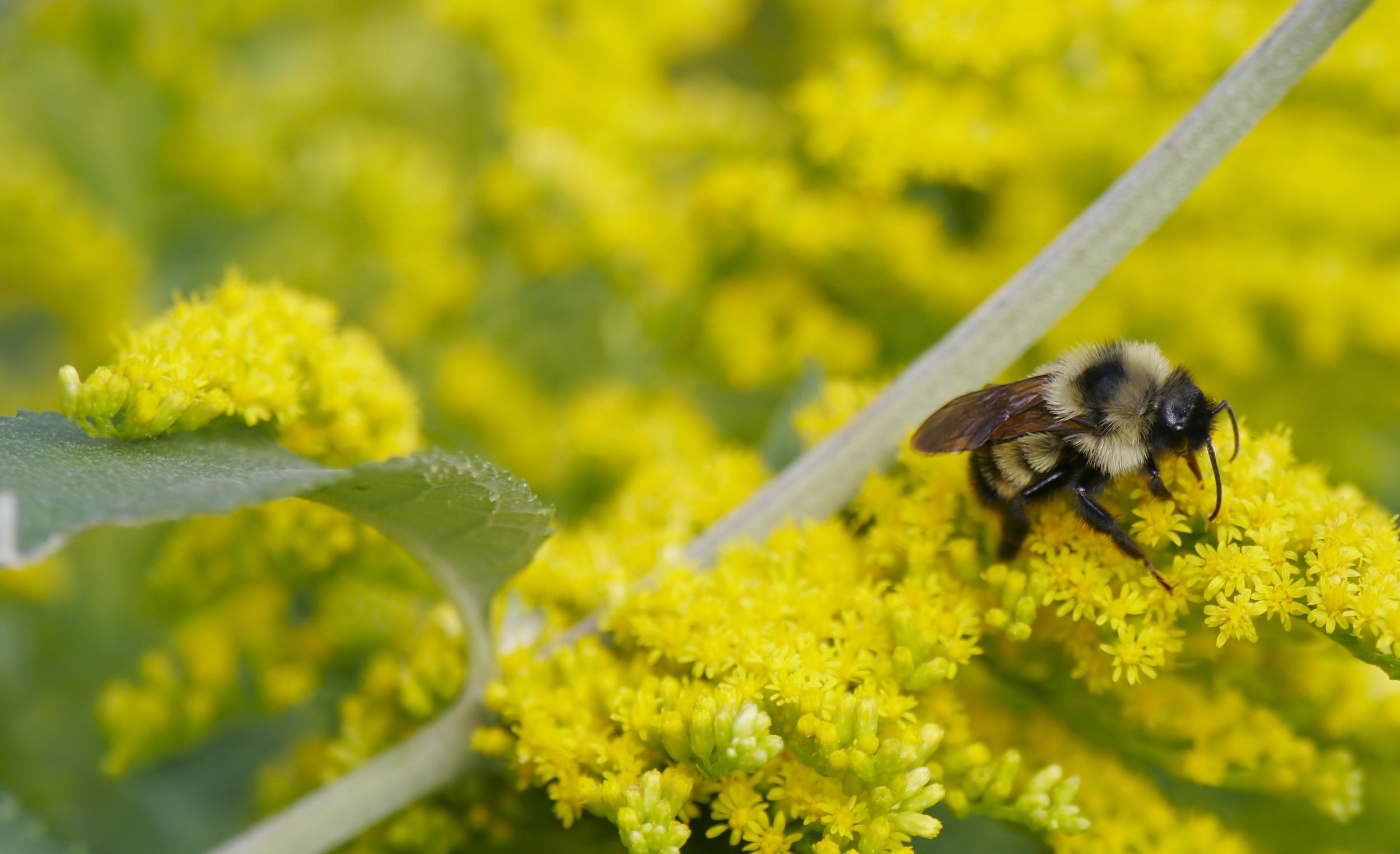Corridors Aren’t Just for Buildings
When we think of corridors, we often think of hallways that allow for the movement of people within buildings.
They connect separate, yet adjoining rooms. Corridors also exist outside of human-made structures. They consist of the annual migratory routes of birds, pollinators and other wildlife, as well as the passageways between habitats that wildlife communities use daily for food, shelter and other purposes. Hummingbirds, for instance, follow particular patterns, as do bees and other species, as they forage for food.
Since foraging is a practice that is so far removed from our consciousness, we rarely pause to wonder what it must be like to be a nonhuman being that forages for food in our world of housing developments, plazas and roads. We expend our energy, when we don’t “order in,” on driving to restaurants and grocery stores for sustenance. The wildlife with which we share our land, on the other hand, must expend physical energy to search for food and water. This process becomes difficult in our (sub)urban landscapes as our gardens are largely food deserts.
We have lots of nonnative turf grass, which provides little by way of ecological value (and even becomes detrimental with herbicide applications). Sometimes planting beds line these grassy areas, but these beds are mainly mulch chips. While mulch provides food for fungi as the chips decompose, the lack of plants within these mulchscapes is a lost opportunity to bolster biodiversity. Typically, when plants are included within the mulched beds, they are not native plants and, thereby, offer less ecological value to our local pollinators. In essence, we make it hard for other species to thrive alongside us.
Assuming we want the next generations to see what a particular butterfly, salamander or bird looks like outside of a book or a webpage, we have to become stewards of the land we own. We must create the connected habitat, or “corridors,” that these nonhuman beings need within our gardens. For instance, a small bed of milkweed in one neighbor’s garden and another a few doors down will allow a monarch butterfly to expend far less energy trying to find the only plants that her offspring can eat for this species’ continuation. In another example, the survival of Illinois’ endangered rusty patch bumblebee could be buttressed if neighbors each selected one native plant from among the top ten list to plant in their gardens.
One plant, one garden, and another and another and, just like that, we not only create, but we expand corridors within our communities. We create spaces of mutual flourishing where our gardening practices not only beautify, but they provide a life-life as well.
Resources
Homegrown National Park. No Date. https://homegrownnationalpark.org/.
Illinois Monarch Project. No Date. http://illinoismonarchproject.org/.
Tallamy, Douglas W. 2019. Nature’s Best Hope: A New Approach to Conservation That Starts in Your Yard. Portland, OR: Timber Press, Inc.
“Top 10 Native Plants: Superfoods for Rusty Patched Bumblebees.” 2020. https://www.spearheadmhas.org/uploads/1/2/7/4/127447349/top10b.pdf.

